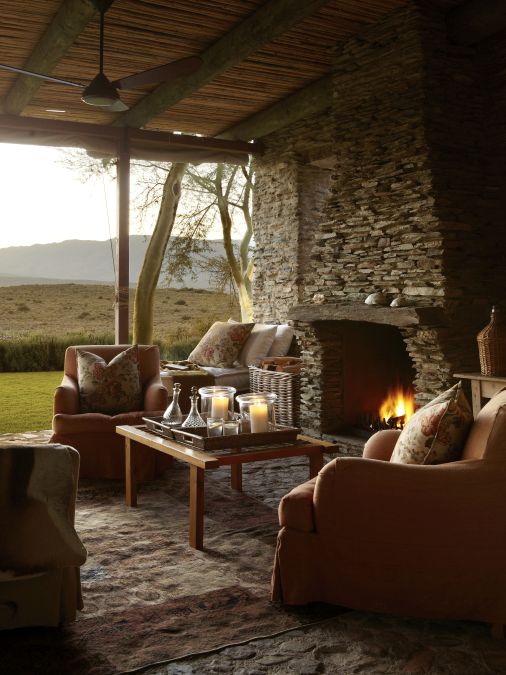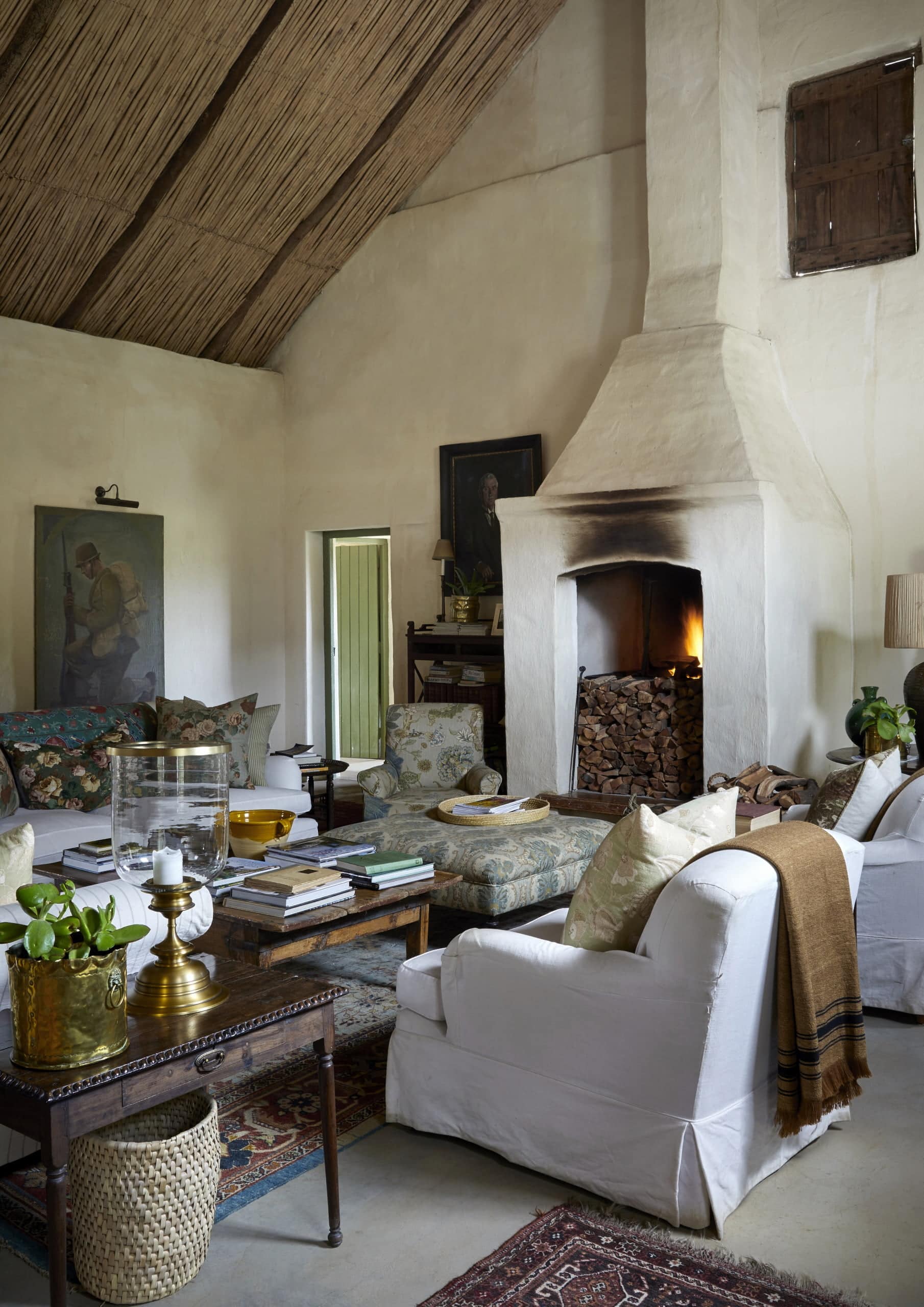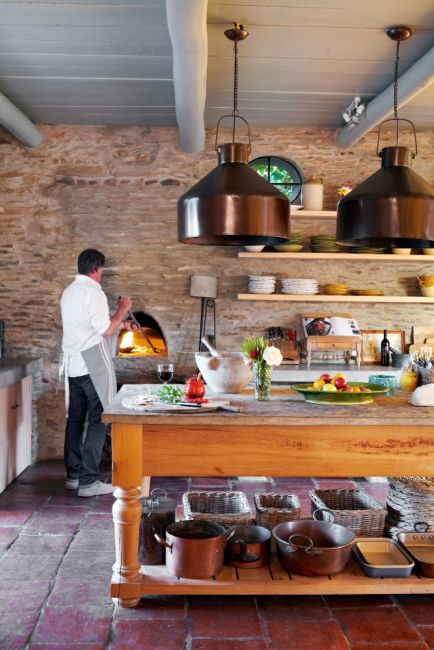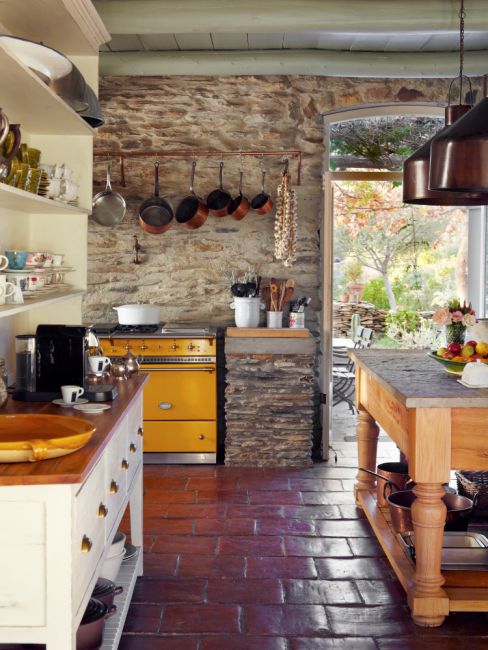What makes a Perfect Hideaway, asks Paul Duncan
What’s makes the perfect hideaway? Having clocked up two books on the subject, each of them filled with as diverse array of, well, perfect hideaways as you could ever possibly imagine, I have some of the answers although to be honest my perfect may not be your perfect. But let’s see. I like a range of simple, honest pleasures when I’m not at home and more often than not I’m in pursuit of quality over quantity. And I’m not necessarily in need of a digital detox because there’s nothing wrong with reading The Daily Mail during time out, or watching all 130 episodes of the latest Mexican soapie. Silence is overrated anyway.
In picturing the perfect bolthole, a single question needs answering: what do I want to do when I get there? Do I want to cook? Hole-up in bed with my partner and watch movies all day alternately drinking red wine and great coffee? Swim naked? Climb the nearest peak? Have 16 people for a hearty lunch and feed them the perfect lamb roasted in the Aga? In that case I’ll need WiFi for Netflix access. A coffee machine would be a good idea, decent coffee too because it’s the one thing everybody always forgets to bring and what rural spot is the perfect idyll without good coffee?
Of course, a secluded mountain stream wouldn’t go amiss (preferably with a waterfall), neither would a kitchen filled with Le Creuset pots and table linen and bashed ceramic tableware from one of those country brocantes in France. None of this is too much to ask because I know there are like-minded people out there who’ve got great style and taste and who can put together my dream bolthole without any effort at all. Generally these places aren’t ‘decorated’ in the sense that a self-conscious plan gave them life. They’re stylish without being style statements. In a land filled with space and bathed in gorgeous sunlight, where the landscape is as about as diverse as it’s possible to imagine, their owners are doing what they like, often breaking the rules when they choose to, inventing new ones or blurring boundaries and conjuring up all kinds of surprises. Mostly they are put-your-feet-up, make-yourself-at-home places in which to catch your breath. That’s what I’m looking for.
I also want a place with soul. That historic peach-pip floor in the kitchen is magnificent, and the outside shower with hot and cold running water and a view of the veld is really out of this world. Who wouldn’t want any of those? But if my holiday perch doesn’t embrace me, I’m not interested. I want to admire its owner’s effortless presentation of that enigma, that non-tangible nuance of personality and functionality that, when they come together, gives a building an exclusive reason to visit. And all hideaways wherever they are should have one other thing in common: in spite of their physical differences, and no matter their age or style or who they belong to, they should allow you, the visitor, to flirt with that atavistic desire to make a ‘home’ even in the remotest location. Different types of houses allow cocooning a range of expressions: great. Cocoon away. It’s a sign, for me at any rate, of the perfect hideaway.
People often ask me what my perfect house looks like. In perpetual quest for places that are handsome or pretty, or have unusual, striking looks and unique features, or which stand in a spectacular setting, there’s a list of attributes and amenities that make them more or less appealing. And what makes one house magical and another just dull? And because perfection comes in many forms, through beautiful gardens, a magnificent view, symmetry and proportion, dignity and order, a graceful front door, delicious warmth and convenience, a mellow patina, a proper cook’s kitchen, an inviting swimming pool or handsome stoep, there are as many realities as there are people who want to visit somewhere that’s not run-of-the-mill. My perfect hideaway enables me to get a glimpse of a world that isn’t mine.
I have my favourite types of house, but in my mind’s eye the perfect one is a hybrid of all the most striking elements I’ve identified over time in a range of diverse other South African homes. If I could, I’d take the row of 1840s double doors leading into a house I know in the Klein Karoo. I’d shield them from the sun with a wide Herbert Baker-style stoep and I’d add a rustic Baroque gable (whitewashed and thoroughly Cape Dutch) from somewhere on the way to Graaff-Reinet, roof it with corrugated-iron and for good measure add a pointy turret from one of those Edwardian villas you see in Aberdeen on the N9. Who doesn’t dream of having one of those?
If I had to hunt down an appealing interior, it would be a warren of shuttered high-ceilinged, formal rooms with good contemporary South African art. I also like the workaday, and am drawn to marks rendered by the passage of time. My perfect house would have scrubbed kitchen tables, vast, bashed ceramic jam-making bowls, hefty old cupboards with squeaky doors, and storerooms – particularly those kitted out to house old china or linen. And I’m keen on period kitchens where everything’s cooked on the Aga, where the smell of boiled mutton hangs about among the beams and battalions of old pans are still in daily use. In other words my perfect house isn’t an architectural masterpiece at all but a collection of architectural bewilderments.
As it turns out South Africa is full of such houses and farms – some of them unchanged, others restored and given new lease of life – and many, possibly too many, still waiting to be discovered. But that’s what Perfect Hideaways is for. Helen and David Untiedt hunt down the best, the most unusual, the most comfortable homes-from-home with forensic precision. In my view, what’s perfect for them, and for their portfolio, is just perfect for me too.
Paul Duncan, former editor of Condé Nast House & Garden, is the founder of Africa Press Publications, and publisher of Perfect Hideaways in South Africa Volumes 1 & 2.






